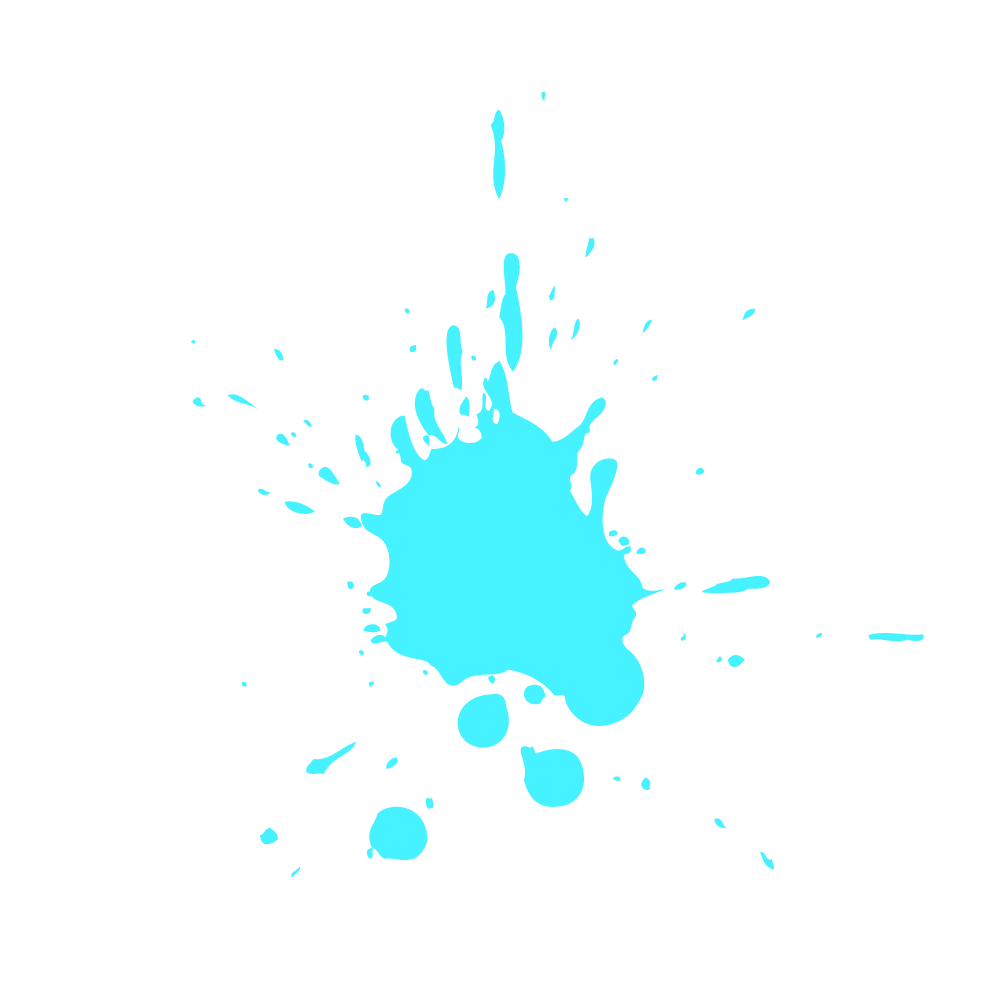Airbnb, Uber, Netflix, Facebook, Instagram and many other disruptive companies are redefining industries and driving legacy companies to extinction.
In this digital world, no one is safe. In the past few years alone, traditional retailers like Sears have experienced the full impact of digital transformation. And today, other industries like financial services, healthcare, real estate, travel, and energy are beginning to worry about their future survival.
A recent study produced by consulting firm Innosight predicts that nearly 50% of the current S&P 500 companies will be replaced over the next 10 years.
With all the challenges companies are facing from digitization and automation, it is safe to say that creative thinking, acting more audaciously, and coming up with innovative ideas has become the key to success.
The following tools will guide you towards fostering innovation and creativity within your company and help you get the most out of your talented and creative employees:
1. Naive Experts.
Invite a Naive Expert into the next ideation session you are hosting. A Naive Expert is someone who knows nothing about your project. He or she will rarely, if ever, solve the challenge for you, but they will get you out of your “River of Thinking” (your own expertise) and help you think more creatively.
They will ask the questions you are too embarrassed to ask or throw out audacious ideas, both of which will help get you to a state of mind you couldn’t reach yourself.
2. Where Else?
This tool involves asking where in the world someone or some company has solved a similar challenge and then applies the underlying principle to the challenge at hand. In 1996, the U.S. Olympic Swimming Team challenged Speedo to help their swimmers move more quickly through the water.
At Speedo, employees asked themselves: “Where in the world has someone already solved this challenge?” They thought of speedboats, torpedoes, and sharks. They conducted biomimicry on a shark’s skin and found that sharks have thousands of microscopic sharp pimples that help trap air bubbles that they can expand when they wish to slow down, or contract and reduce surface friction when they want to move more quickly through the water.
Speedo applied the same idea to the one-piece suits the U.S. swimming team wore to the Sydney Olympic Games, where they broke multiple world records.
3. What If?
This is one of my favorite tools. It allows you to slay some sacred cows within your organization by asking, “What If those rules didn’t exist?”
It’s an easy-to-use tool and one Walt Disney perfected. Start by listing the rules of your challenge. Take one rule you want to break and ask, “What If that rule didn’t exist?” Within your team, start developing a bunch of provocative questions and innovative ideas and then imagine a world where those ideas could come to fruition. Walt Disney got bored of showing his movies in old, tired movie houses.
He listed all the rules of showing his movies in a movie theater and chose one to break, such as the environment. He asked himself “What If I could control the environment?”
Well, clearly, he couldn’t control the environment inside the movie theater, so Walt asked, “What If I took my movies out of the theater?”, which led to “Imagine a world where I could make this happen?” This creative thinking process gave birth to the idea of Disneyland!
4. How Might We?
This is a really great tool to push yourself and your team to think creatively, to get out of your “River of Thinking,” and to develop new ideas. Imagine if I asked you to help me think of what I could put inside a new car wash.
You might think of water, brushes, a vacuum, a dryer, etc. But what if I asked you to help me think about what I could put in my new “auto spa”? You might throw out ideas such as masseuse, barista, manicure, robes, etc. This will immediately get you to another, very different idea.
Disney Parks have Cast Members, not employees. They wear a costume, not a uniform. They work onstage or backstage but, in either case, they are cast for a role in the show. That simple re-expression of their role has created one of the most famous guest service cultures in the world.
With just these simple exercises, your team’s creativity is sure to start flowing. You may never guess the innovative directions your creativity may take you!




